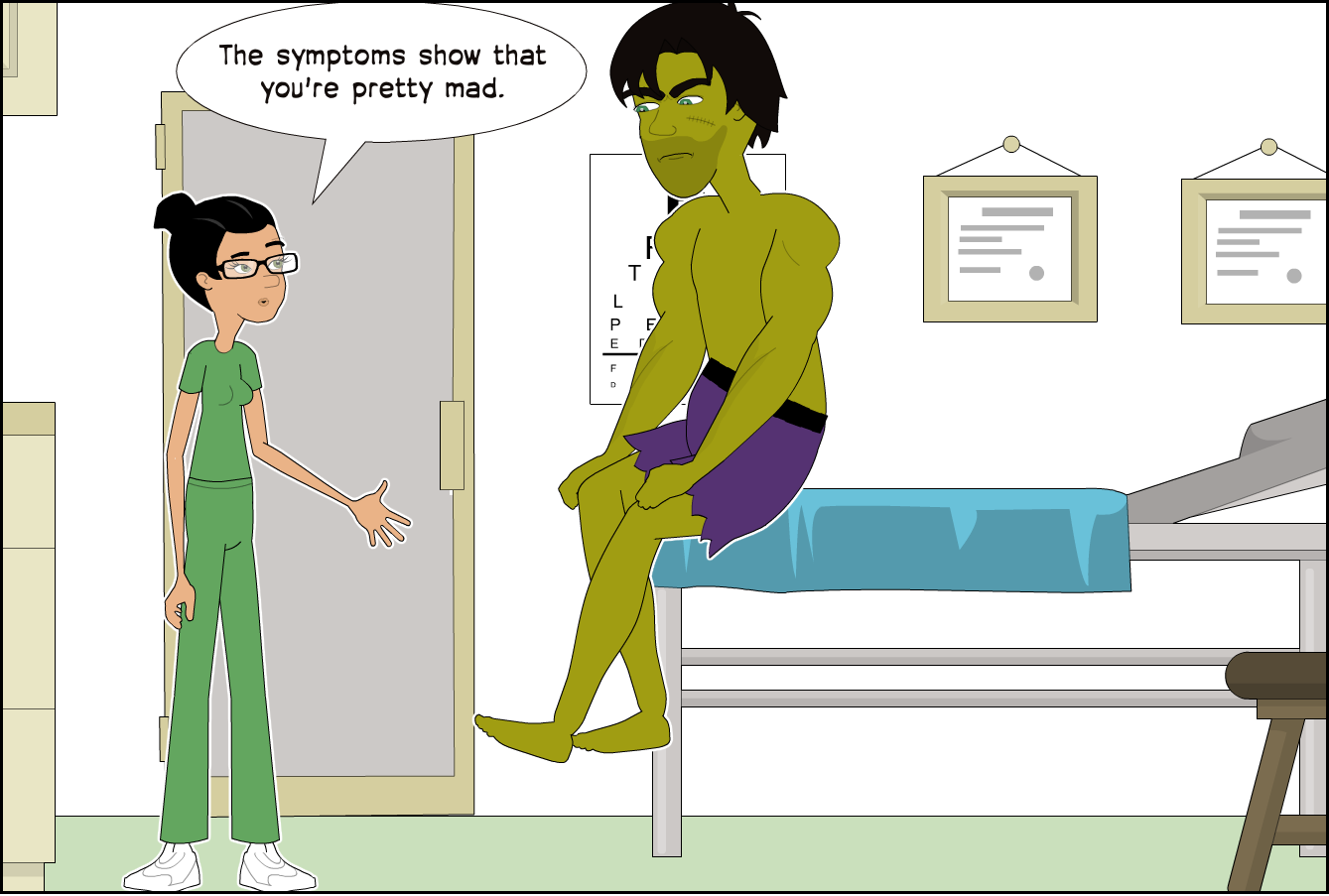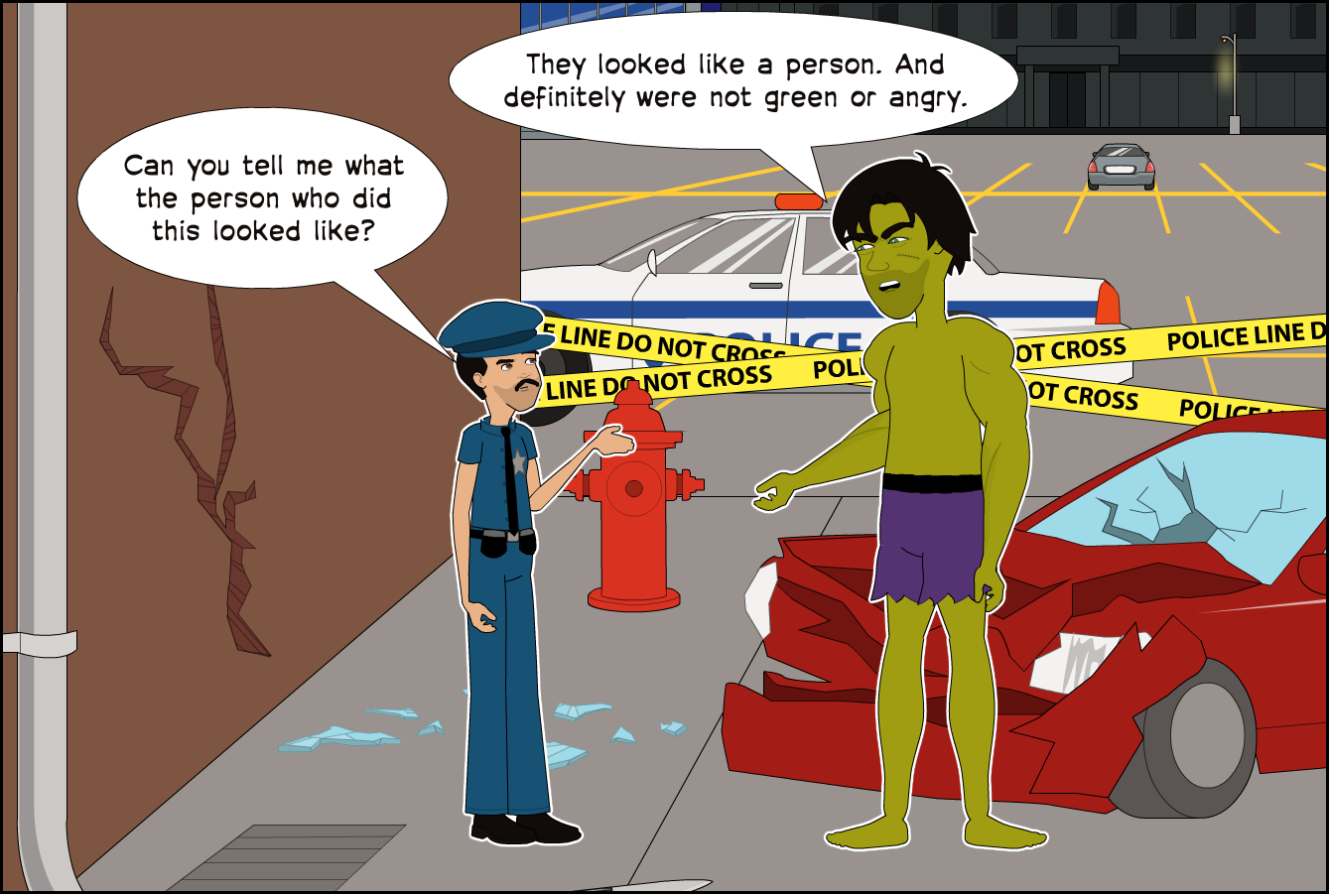
Understanding and better managing our anger requires us to first recognize that there are various grades of anger, from minor irritation to stuff breaking mad. When we understand this and accept that there is a common pattern to our anger we can begin to get out in front of it instead of falling behind and letting it get out of hand. A big part of being able to see the pattern of anger is to begin noticing what anger feels like to us, these experiences are the symptoms of anger. The symptoms of anger are the things that we feel internally, they are different than signs of anger, which are the things that other people can notice. To keep things short, we will discuss sensations related to anger in this article and other internal events, like thoughts, in the future.
What are common symptoms?
Each one of us experiences anger in a different way, so symptoms may vary from person to person. Common experiences are things like; feeling warm or hot, sweating, tension in jaw or hands, feeling shaky, restlessness, racing heart, headaches, feeling light headed, dizziness, having “tunnel vision,” or stomach aches. These symptoms can be present in varying degrees as we know that there is a spectrum of anger. For example, at a low level of anger we might not experience something like “tunnel vision” but instead might feel something like tension or restlessness. Each one of us is different and it is important for each one of us to work on noticing the physical sensations associated with the emotion. If you haven’t noticed any of the experiences listed above when you are angry, it might be helpful next time you are angry or have calmed down after being angered to take a moment to try and recall what exactly you were feeling at that time. This is especially important for low levels of anger which we typically ignore.
Why are symptoms important?
So, what is the use of noticing the internal sensations associated with anger? The primary reason is this, the more familiar we are with our own experience of an emotion the better we are able to identify it. When the police are looking for a suspect, it is very helpful for them to have as many details as possible to help find who they are looking for. If they are given the description of “human person” they would have an awfully hard time of locating the actual perpetrator of a crime. On the other hand, if all sorts of details are provided like height, weight, appearance, they will have a much easier time finding the right person. The same applies to us, the more information we have, both internally and externally, we will have a much clearer picture that we might be angry. With a clearer picture of what it is like to feel angry we will begin to notice it earlier which will allow us to take action to prevent problems that it may cause us.
Ronald Bristow is a Licensed Clinical Professional Counselor who has been in practice since 2010. He has worked in a variety of institutional environments with a diverse population of individuals. In addition to being a counselor and all around not so angry guy, Ronald is also a Brazilian Jiu-Jitsu black belt who began practice in the martial art in 2005. Ronald has avid interests in mental health topics such as anger management, depression, and anxiety as well as general science, and hobbies.
